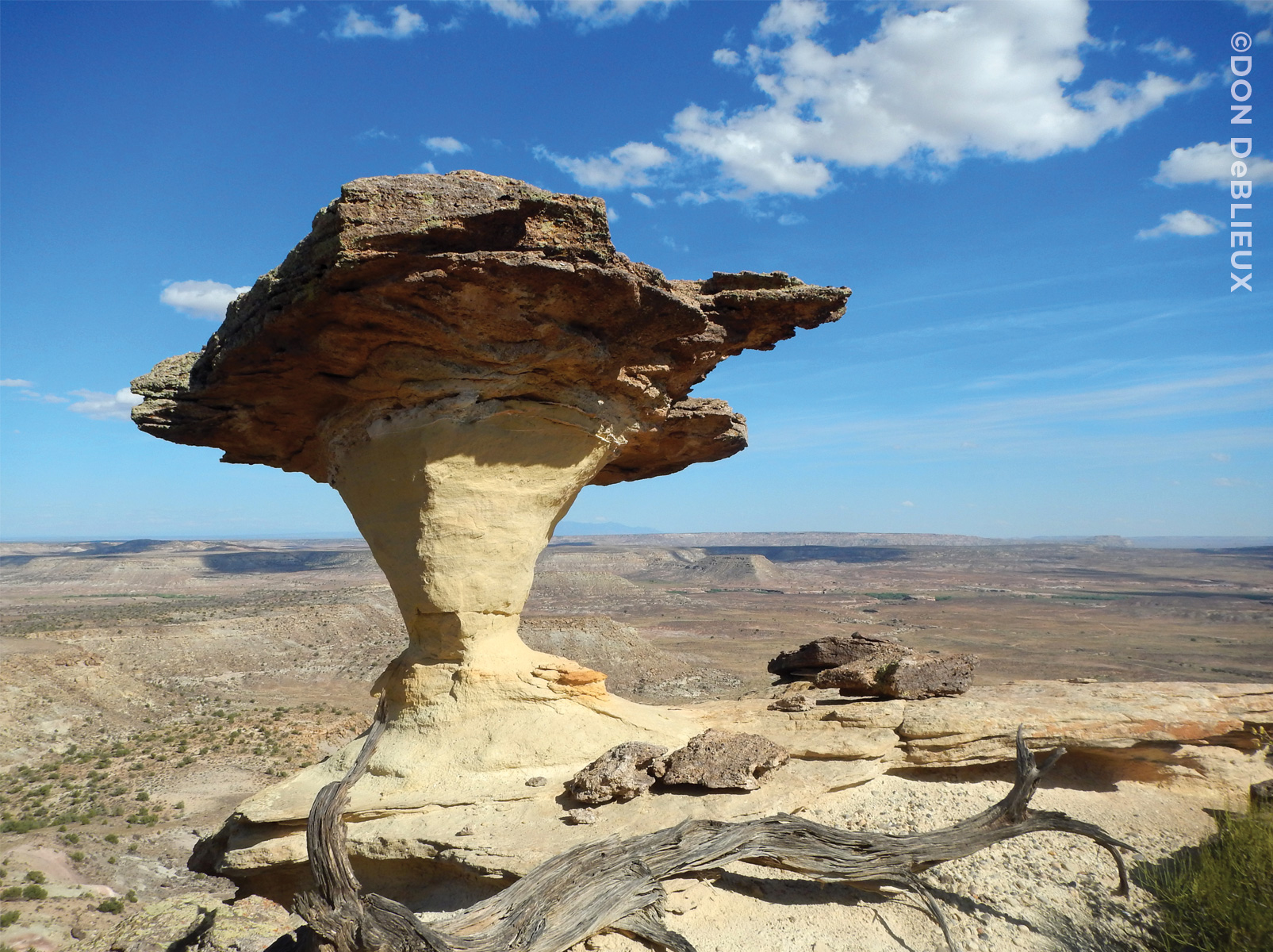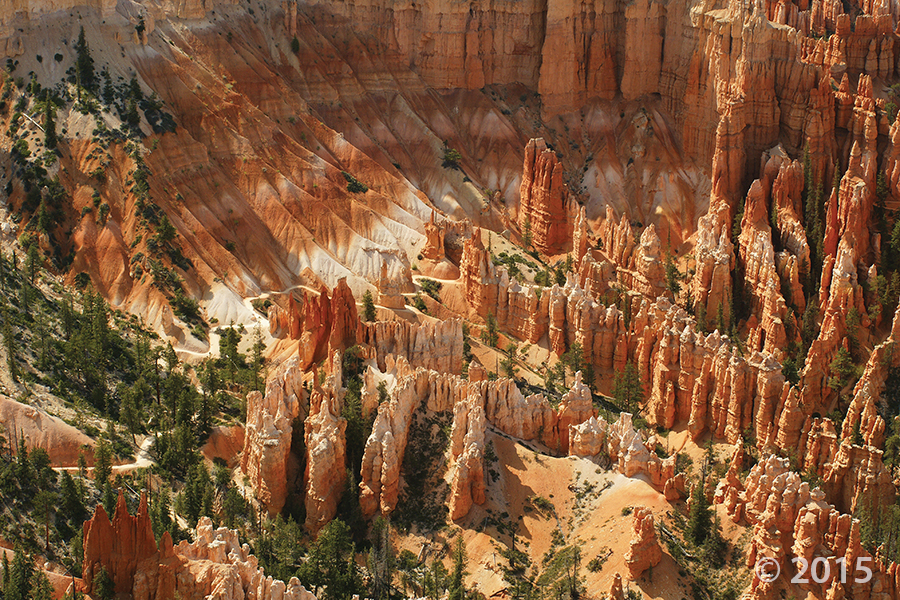Tag Archive for: Hoodoo
weather.com
They’re formed over thousands of years and transform deserts into fantastical alien landscapes. Hoodoos, also called fairy chimneys, earth pyramids and tent rocks, are tall skinny spires of rock that protrude from the bottom of arid basins and “broken” lands. They range from five-feet tall to the height of a 10-story building, and typically form from two weathering processes that continuously work together in eroding the edges of a rock formation. Here, we take a look at destinations around the world that feature these towering wonders.
With a little imagination, some fairy tale characters do exist! Utah’s geologic backyard—where some of the wild things are!
kutv.com
Looking for some outdoor adventure, but tired of the crowded parks at the same old locations? Take a step outside the box, and into Emery County, to discover some exciting places many Utahns don’t even know about. From the spectacular geography at Goblin Valley State Park, to the world-class OHV trails and slot canyons, there are countless new adventures to have and memories to make in Emery County.
Hoodoo you think you’re looking at, Bryce Canyon National Park?
Bryce Canyon National Park, Garfield County, Utah
Photographer: Kent Brown; © 2015
Overlook from Bryce Point of fiery hoodoos in the area below Liberty Castle. Bryce Canyon hoodoos are formed in the vertically fractured pink member of the Tertiary-age Claron Formation, primarily by frost wedging and summer cloudburst rainstorms.
The “turtle” hoodoo in Bryce Canyon National Park appears to have lost its head. Tucked away for eternity, read more about the eroded redrock icon in this article.
sltrib.com
It looks like Bryce Canyon’s “turtle” has lost its head.
mnn.com
Named for its thousands of bizarre, goblin-like rock formations, Utah’s Goblin Valley State Park is a hidden gem in the San Rafael Desert. The goblins, known scientifically as “hoodoos,” were formed through the gradual erosion of Entrada sandstone, which was deposited about 170 millions years ago when the area was situated next to an ancient sea.






